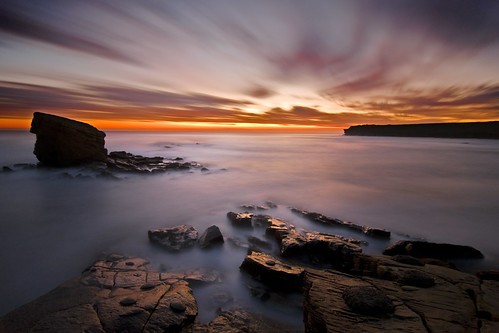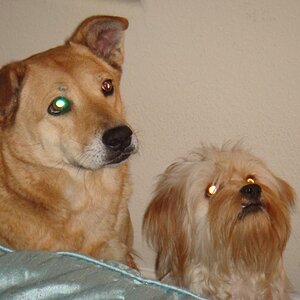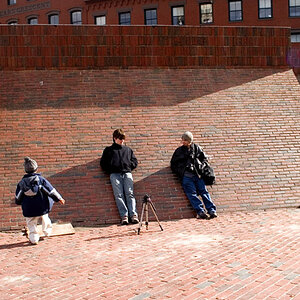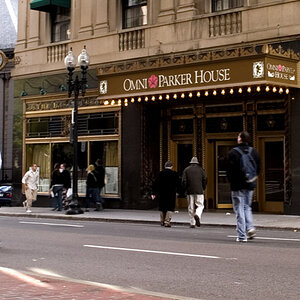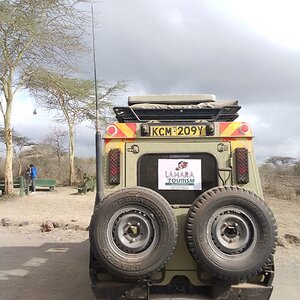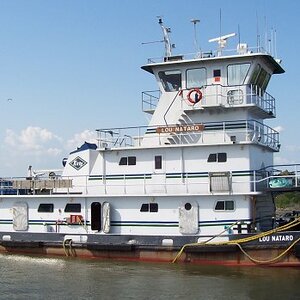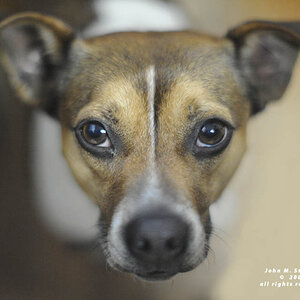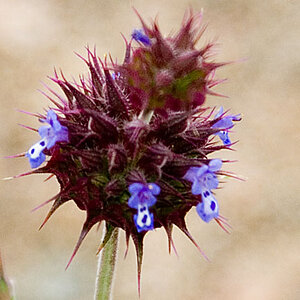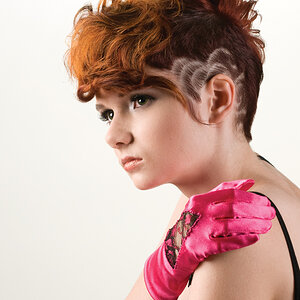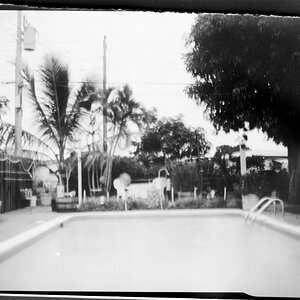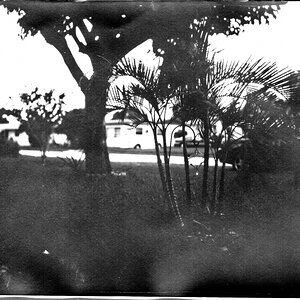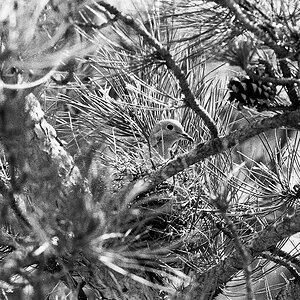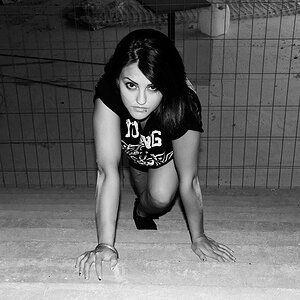sam_justice
TPF Noob!
- Joined
- Jul 10, 2009
- Messages
- 555
- Reaction score
- 0
- Location
- Brighton, UK
- Website
- www.samueljustice.net
- Can others edit my Photos
- Photos OK to edit
Was having a browse earlier on flickr and came across a photo which had a near perfect water reflection (and was taken at night) it was a set of buildings which had quite a lot of lights on as well. The photographer said he used an ND filter (iso 100 and f25) to capture the near perfect relflection. I thought I'd have a crack at it tonight shooting a pier (with bright lights) reflecting into the sea.
Slipped on my ND8 filter bumped up the camera to iso 100 and about f22, stuck it in bulb and started shooting. I was waited about 2 minutes and then stopped, the image was so so underexposed I was quite surprised. So, I tried again for 4 minutes, same again. At which point the heavens opened and I gave up.
I looked up the photo again and the exposure time said 173. 173?! 173 minutes?! No wonder my image was so underexposed, but seriously, how can you be so exact when you're shooting in bulb mode when you have nothing to work from?! Another big thing I was worrying about was that the lights would completely blow out the image, seemingly not I gather! Any tips?
Slipped on my ND8 filter bumped up the camera to iso 100 and about f22, stuck it in bulb and started shooting. I was waited about 2 minutes and then stopped, the image was so so underexposed I was quite surprised. So, I tried again for 4 minutes, same again. At which point the heavens opened and I gave up.
I looked up the photo again and the exposure time said 173. 173?! 173 minutes?! No wonder my image was so underexposed, but seriously, how can you be so exact when you're shooting in bulb mode when you have nothing to work from?! Another big thing I was worrying about was that the lights would completely blow out the image, seemingly not I gather! Any tips?



